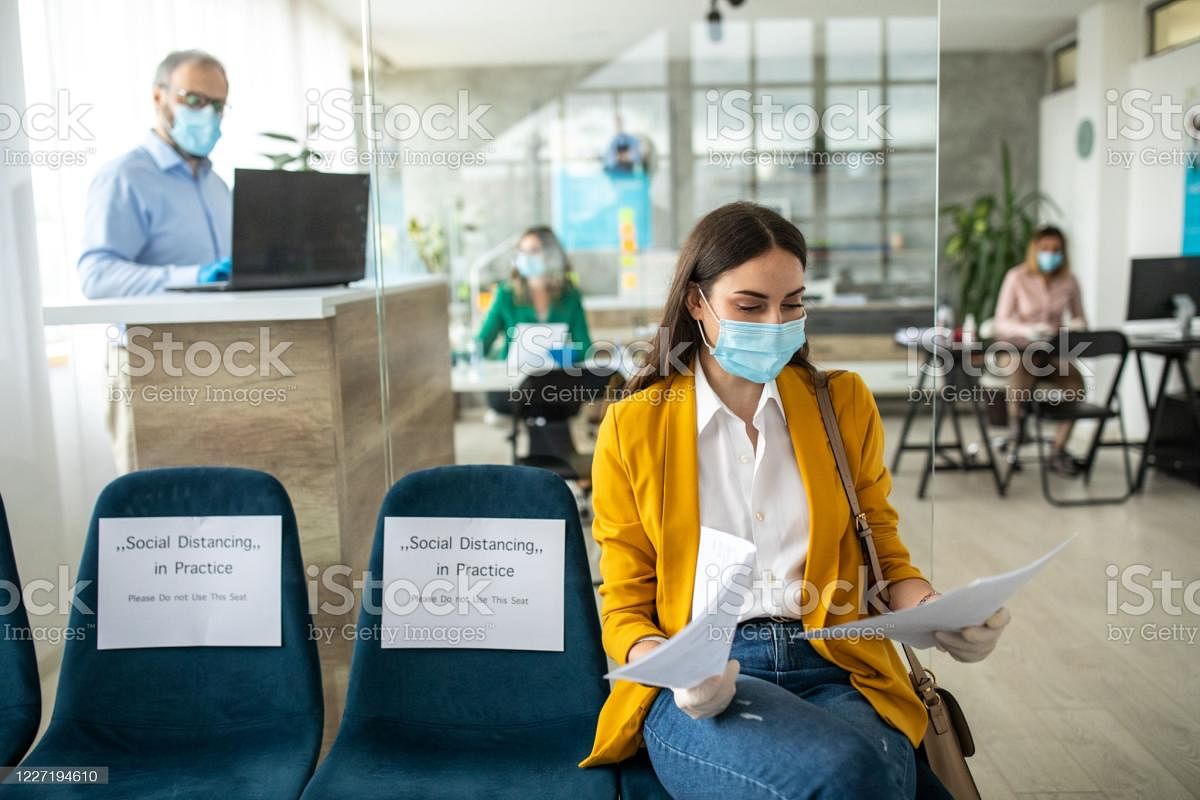
Winter is a time hospitals see a surge in respiratory infections but this year has seen a downtrend. Dr Srivatsa Lokeshwaran, consultant, interventional pulmonology, observes that the primary reason for this is increased safety practices. “Masking, social distancing, handwashing and sanitisation are common guidelines for preventing any airborne infectious disease, not just Covid. So by virtue of following protocol we’re seeing all infections reduce,” he explains.
Dr Sandeepa H S, consultant, transplant pulmonologist, adds that the Covid-19 itself is a factor.
“Whenever there is a pandemic, the dominant virus tends to slow down the others,” he says.
Dr Ravindra Mehta, chief of pulmonology and critical care says that there are two categories of people that contract infections during this time. “First is the healthy people who catch a virus, second is those with respiratory conditions like asthma who see significant worsening of symptoms,” he says.
He says that usually he sees wards full of people from the second category. “They have been taking extra precautions due to the pandemic and reducing their contact and it shows. Even those around them have been moving around less which has contributed to the downtrend,” he explains.
There has also been an increase in public perception regarding health and hygiene, says Dr Sachin Kumar, senior consultant, pulmonology and critical care medicine.
“Even with the slightest cold and cough people take action. Not only do they treat themselves but they stop going out, which prevents it from spreading to others,” he says.
In the same breath he adds that the downtrend may not be as steep as observed due to people’s fear of hospitals.
“Many of those who might have respiratory infections may not visit hospitals and opt for home remedies due to the fear of being diagnosed with Covid. There is also a general paranoia about hospitals being unsafe,” he adds.
Dr Srivatsa says that another interesting factor has to do with vaccines. “Even though the Covid vaccine isn’t available to the general public, the discussions surrounding it have created a higher acceptance for vaccines in general. People, especially the elderly, are now taking vaccines for influenza and similar infections,” he observes.
Masking beyond the pandemic?
All doctors agree though that masks and sanitisation are the major factors. So should their use continue beyond the pandemic?
Dr Sandeepa thinks that minimum hygiene standards must be adhered to but masking might be harmful in the long run. “The more you run away from an infection, the more susceptible you become to it. Our track record with infections has created better immunity and it is what has given us a better chance at withstanding Covid as well,” he says.
He explains that viruses come in families and once you have been exposed to one member, your body has an easier time fighting off another variant. “This works on the same principle that vaccines do,” he adds.
Dr Srivatsa on the other hand believes we must continue for some time beyond the pandemic.
“Viruses will continue to mutate and there may even be a resurgence of infection. Masking should continue until infections stop causing a large amount of morbidity and mortality,” he says. But he believes the practice will eventually fade away.
“Masking will depend on individual choice and comfort. People who have benefitted from masking, through decreased infections, may continue wearing masks,” says
Dr Ravindra.